Logan C. Stevens
Ph.D. Student - University of Maryland, College Park

Ph.D. Student - University of Maryland, College Park

Hi! I am a 1st-year Ph.D. student in the Embodied Dynamics Laboratory (EmD Lab) at the University of Maryland, College Park, advised by Dr. Jun Nishida. My research area is at the intersection of human-computer interaction (HCI), extended reality (XR), learning science, and psychophysics. Historically, my research has been in XR and education; studying virtual reality (VR) locomotion and how immersion in XR environments affects the learning process with Dr. Dinesh Manocha at the UMD GAMMA Lab. Recently, I have been interested in factoring in HCI more broadly, as well as other psychophysical and cognitive effects during learning. In my free time, I enjoy rollerblading, reading about history and math, and playing retro video games!
💾 💽 📺 📻 📼 📞📟 📠 👾 🕹
E-Mail: lsteven7 [at] umd [dot] edu

|
Cross-Platform Violence Detection on Social Media: A Dataset and Analysis Celia Chen, Scotty Beland, Ingo Burghardt, Jill Byczek, William J. Conway, Eric Cotugno, Sadaf Davre, Megan Fletcher, Rajesh Kumar Gnanasekaran, Kristin Hamilton, Jordan Heustis, Allison Ingalls, Tanaya Jha, Emily Klein, Hayden Kramer, Alex Leitch, Jessica Perkins, Casi Sherman, Celia Sterrn, Logan C. Stevens, Rebecca Zarrella and Jennifer Golbeck Proceedings of the 17th ACM Conference on Web Science (WebSci), 2025 17th International Conference on Social Networks Analysis and Mining (ASONAM), 2025 In this paper, replies to tweets from mainstream media outlets and official government agencies were analyzed and assessed for whether they were in good faith, engaging honestly and constructively with the original post, or bad faith, attacking the author or derailing the conversation. |
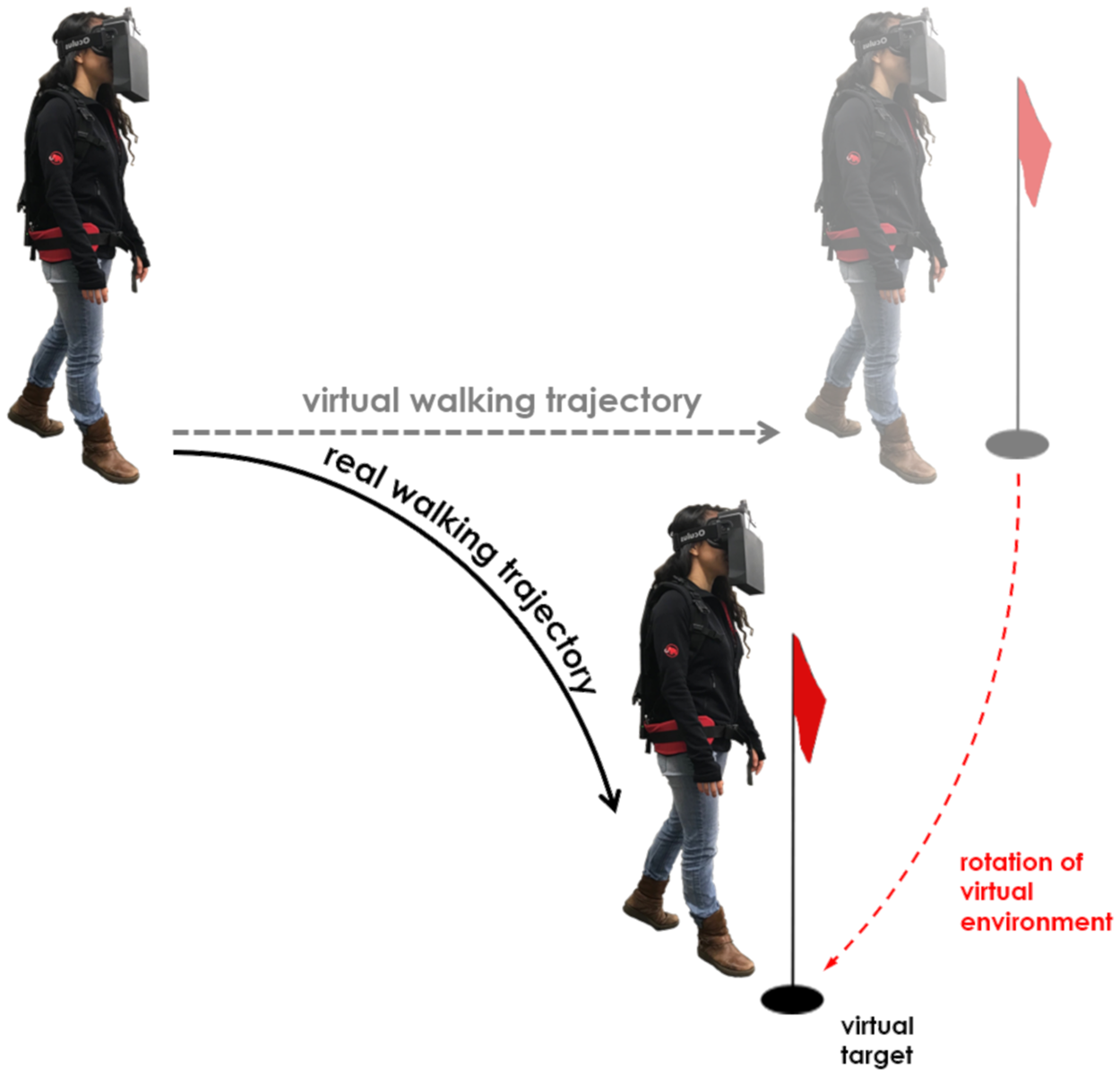
|
Sensitivity to Redirected Walking Considering Gaze, Posture, and Luminance NL Williams, LC Stevens, A Bera, D Manocha IEEE Transactions on Visualization and Computer Graphics (IEEE TVCG) & Proc. IEEE Conference on Virtual Reality and 3D User Interfaces (IEEE VR), 2025 Project Page | Demo Video | DOI We study the correlations between redirected walking (RDW) rotation gains and patterns in users’ posture and gaze data during locomotion in virtual reality (VR). Our results showed that, in general, physiological signals were significantly positively correlated with the strength of redirection gain, the duration of trials, and the trial number. Results showed that there were no significant differences in RDW detection thresholds between the photopic and mesopic luminance conditions. These results provide, for the first time, a direct link between the strength of RDW gains and properties of users’ gaze and posture data. |

|
An Overview of Enhancing Distance Learning Through Augmented and Virtual Reality Technologies L Stevens*, E Childs*, F Mohammad*, H Burbelo, A Awoke, N Rewkowski, D Manocha IEEE Transactions on Visualization and Computer Graphics (TVCG), Volume 30, Issue 8 | Pages 4480 - 4496, 2023 IEEE Conference on Virtual Reality and 3D User Interfaces (IEEE VR), 2024 Paper | arXiv | IEEE TVCG Link | DOI Although distance learning presents a number of interesting educational advantages as compared to in-person instruction, it is not without its downsides. We first assess the educational challenges presented by distance learning as a whole and identify challenges that distance learning currently presents as compared to in-person instruction. After assessing each of these challenges in-depth, we examine how AR & VR technologies might serve to address each challenge along with their current shortcomings, and finally outline the further research that is required to fully understand the potential of AR & VR technologies as they apply to distance learning. |
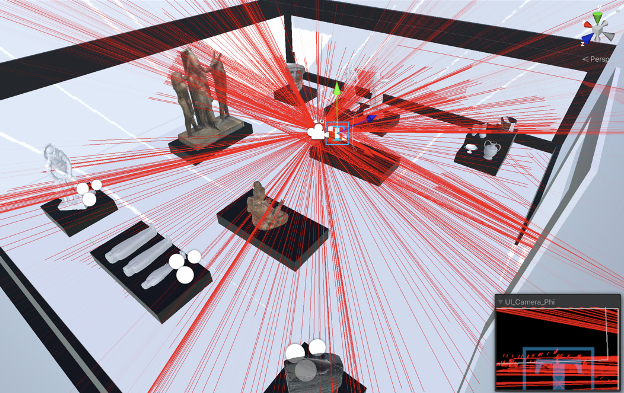
|
Artificial Intelligence and the Arts: Towards AI-Guided Accessible Learning Spaces in Virtual Reality L Stevens, LA Weissman, J Steigelman, M Bouabid 7th Annual Brown University CS Undergraduate Research Symposium, 2022 [Research Award] Under the supervision of Dr. James Tompkin, my colleagues and I investigated how artificial intelligence (AI) could be used to improve accessibility in learning environments. This was done during my time in the 2022 Google exploreCSR Program, an initiative to cultivate research on socially-responsible AI for computational creativity. Our project found that the cloud-based systems trained on the general image dataset produced captions of inconsistent quality in an unsatisfactory amount of time for general use. However, we provided a proof of concept and recommendations to future researchers in this area such as the utilization of a more specialized dataset, locally-ran AI models, and new XR accessibility tools. |

|
VR RT2: VR-Integrated Real-Time RaceTrack Simulator Angelos Mavrogiannis, Zining Zhang, Logan Stevens, Elliot Huang, Hyekang Kevin Joo In this paper, we present an interactive system that converts a physical racetrack to a VR-simulated racing environment. The user begins by constructing a physical racetrack using a set of 3D-printed track pieces on a 3D-printed baseboard that resembles a chessboard. A top-down view of the 2D design of the track is captured in real time with an overhead camera. The track pieces are segments of straight or curved lines to model a straight part of a road or a turn, and the user can incorporate additional functionalities upon some of these pieces. Each of the pieces has an ArUco marker glued on its center, which is detected from the captured video stream. By extracting the coordinates and marker ID of each of the markers we compute their relative position and orientation to create an occupancy grid representation of the physical map in a matrix form which is saved to a shared file at every frame. The shared file is then processed and decoded in a real-time Unity environment which renders the virtual racetrack. |
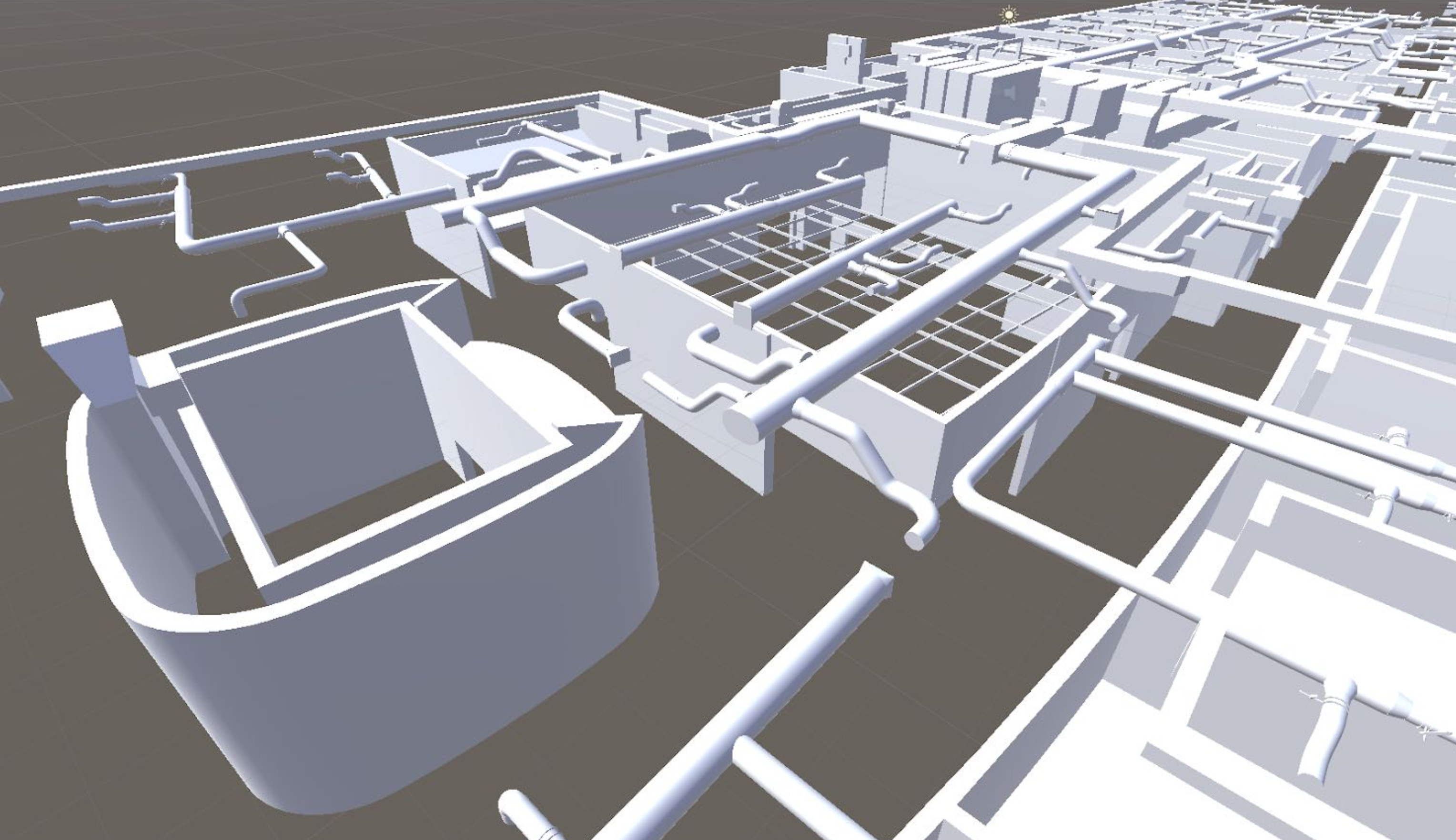
|
Augmented Reality Building Analytics and Maintenance Project William Ingold, Marko Neskovic, Logan Stevens The University of Maryland, College Park's Iribe Center building has been imbued with countless sensors and systems that are accessible to its maintenance workers. While workers can access information about the status of these sensors and system, quick mobile access on-the-go is not currently achievable except through standard interfaces. However, mapping from a 2D surface, such as a desktop, to a classroom’s environment can be difficult to visualize. As such, we propose an augmented reality application which provides a maintenance overlay of the building. This allows workers to simply look at building systems in person and discover their statuses that overlay their physical counterparts. |
During my time as an instructional design intern at UMD's Office of Transformational Learning, I developed a deep appreciation for the art of applying formalized structure to the learning process. The skills I gained during that experience continue to shape my approach to teaching, scholarship, research, and everyday activities. My background in public speaking and acting further enhances my ability to engage learners effectively.
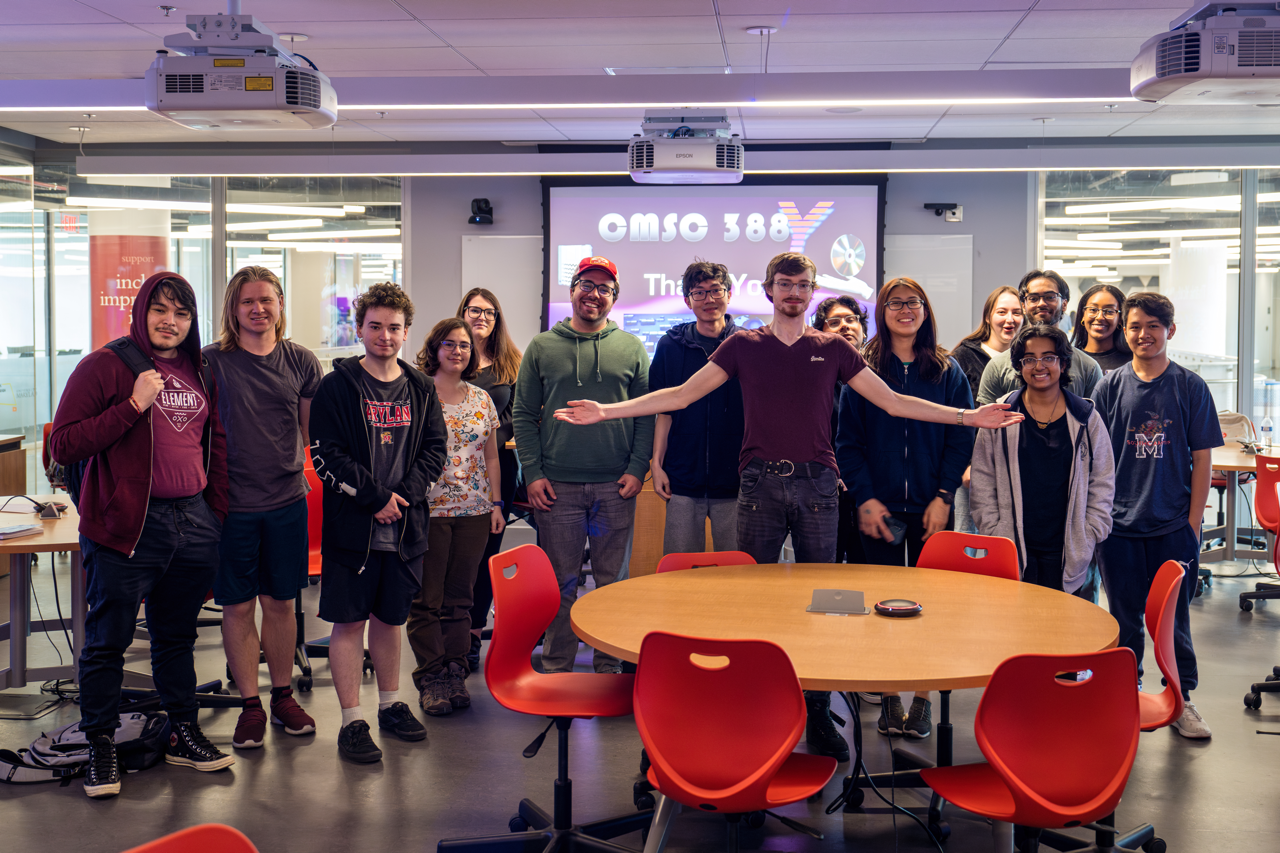
CMSC388Y Semester Class Photo - Spring 2023 |
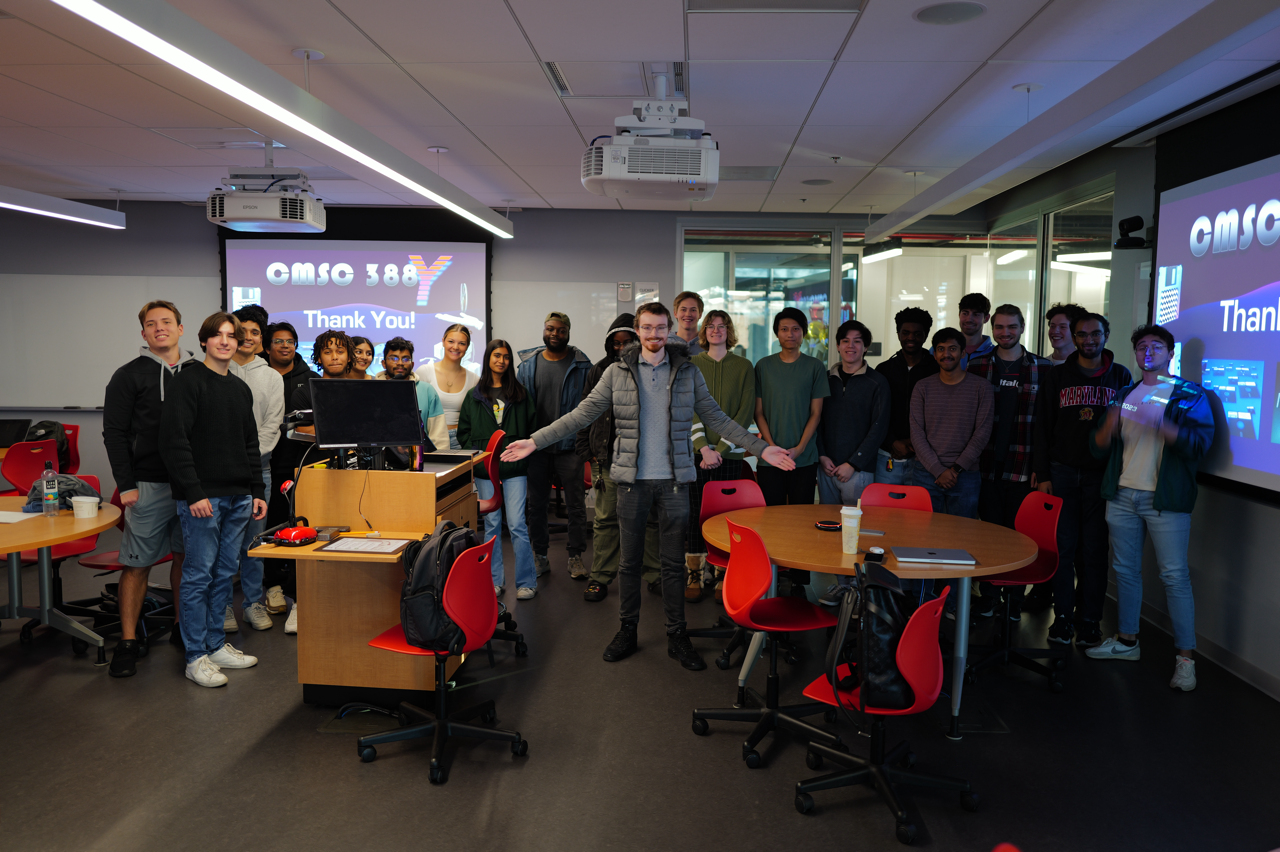
CMSC388Y Semester Class Photo - Fall 2023 |
I am a trained stage actor and have performed in and worked on many productions and performance art projects during my B.A. in Theatre from the University of Maryland, College Park School of Theatre, Dance, and Performance Studies (TDPS).
Stage
Film